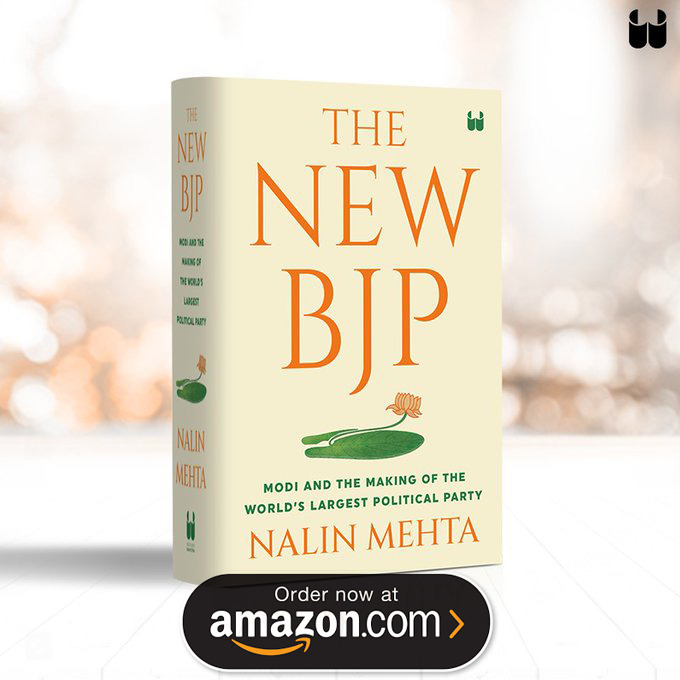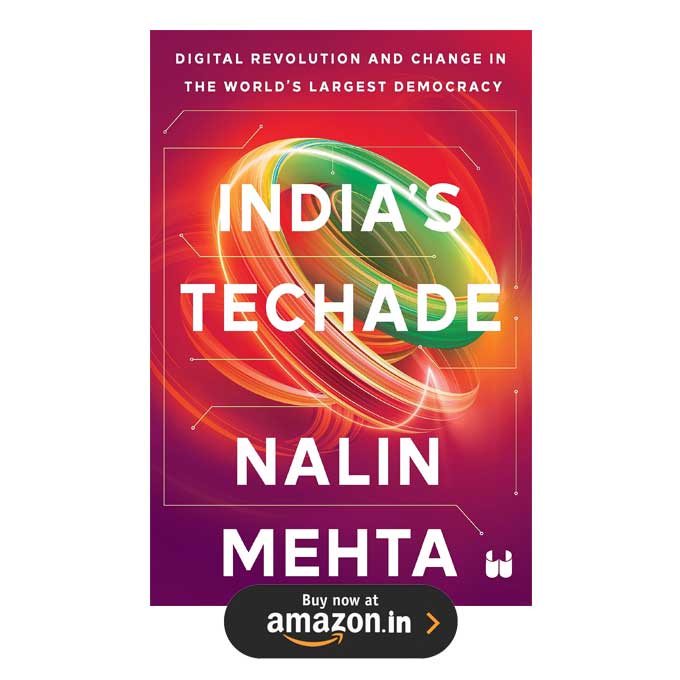Shortly before India began its economic reforms in the early-1990s, Shashi Tharoor, a former junior foreign minister, published The Great Indian Novel, a somewhat immodestly named but sharply written allegory on modern Indian politics and the ancient Mahabharat, where he famously argued that India is not “an underdeveloped country” but “a highly developed one in an advanced state of decay.”
It was a phrase that captured the overwhelming despair and shabbiness that had come to characterise the worst excesses of the “license-permit raj” in pre-liberalisation India. The rise of the Azim Premjis and Narayan Murthys in the 1990s shattered that grand narrative of fallen greatness, ushering in a new era of self-belief. This is an India that is fast emerging as one of the new bulwarks of the global economy; an India that has seen an average economic growth rate of over 8 per cent during the last six years; an India that had the chutzpah to create a Nano, the world’s cheapest car.
Delhi certainly had the talent and the ability; yet it still has made a horrible mess of the Commonwealth Games. As Delhi’s residents hold their noses for what has come to be called the “shame games” and the organisers scramble to the finishing line, it is obvious that the story of the Games is the story of the India we thought we had left behind; not the one we thought we had already become.
As always, in India, opposites co-exist. Just as the Maoist guerrillas and their voiceless excluded multitudes continually remind us of our dark underbelly, threatening to engulf the shining lights of Manmohan Singh’s new India, so do shibboleths from the past co-exist with the promise of a brighter tomorrow.
It was supposed to be different. In late 2006, when the Games Organising Committee made a presentation to the prime minister, it listed six points on the impact of the Games. Only one referred to sport. The rest of the listed aims, are revealing: “enhance the image and stature of India”, “project Delhi as a global destination”, “act as a catalyst for sustained development of infrastructure”, “add to the prevailing upbeat mood in the Indian economy“ and “create opportunities for trade, business and investment for Delhi and India”. Judging by its own logic then, the result has been a resounding failure. Delhi was to have done a mini-Beijing; instead it threatens to take the sheen off the India story.
According to government records, estimated Games-related costs have shot up to more than $15bn. This is 114 times the original calculation made in 2002. If you were running a company, such a phenomenal cost over-run would in most cases, be seen as management failure. By comparison, Melbourne’s total spending for the 2006 Games was $2.9bn: just 0.6 per cent above its estimate.
Part of the problem has been skewed priorities. For example, to showcase Delhi 2010, its organisers flew in Bollywood stars to dance to the drumbeats at the closing ceremony of the 2006 Commonwealth Games. The ten-minute Bollywood trailer cost the Delhi Government over $6m. In contrast, the entire Indian sports contingent at the Melbourne Games cost the government less than $1m. In a sense, this lop-sided spending was rather symbolic of the Games effort. When they should have been focussing on the basics, the organisers seem to have concentrated on what Bollywood calls the ‘item number’: the idea that getting a sexy starlet to do a slinky dance number will be enough to draw audience in, irrespective of the quality of the film itself.
So what went wrong? Firstly, Delhi got off the starting blocks rather late. Beijing 2008 and London 2012, for instance, followed a seven-year time cycle: two years for planning and approvals, four years for construction and development and the last year for test events and trial runs. In Delhi’s case, the first few years were utterly wasted. As per the contract with the Commonwealth Games Federation, Delhi’s Organising Committee was to be in place by May 2004, but it was not formed until February 2005. In contrast, the Organising Committee for 2014 Commonwealth Games in Glasgow was formed even before the award of the Games.
This rendered most of the original timelines redundant. The bid document had four phases: 2004-2006 for planning, 2006-2008 for creating, 2008-2010 for delivering and 2010-2011 for concluding. The government’s own auditors found “no evidence of the four-phase approach being translated into action during the first phase years of 2004 to 2006.” Planning only really commenced from late-2006. At least 21 major organisations and agencies were involved, each with different roles, budgets and reporting lines. According to the Comptroller and Auditor General of India, “Many agencies were either unaware of their role or refuted the role expected of them”. Many even had different timelines for the same project.
Overall, the Prime Minister’s Office was involved at sporadic intervals but one gets the overwhelming impression that the entire impetus lacked a strong centre of the kind that Rajiv Gandhi gave to the 1982 Delhi Asian Games. Most historians agree Indira Gandhi used those Games successfully to regain her international and domestic stature after the opprobrium of the Emergency rule, with her son, then a young first-time MP, cutting his political teeth as the man in-charge.
The 1982 Asian Games was Delhi’s biggest sporting event before 2010 but no institutional memory of it seems to have survived. For instance, in the mid-1980s, the government published a voluminous report on the organisation of the Asiad. It should have been the starting point for organisational planning and research. But two years ago, when we asked the office of the Organising Committee for a copy of the Asiad report to draw comparisons, it took them two weeks to trace it in an old store room. We were told that only two copies had survived and apparently they had never been asked for before.
The managerial limbo translated into chaos on the ground. The Games Organisation Plan and Games Master Schedule were to have been ready by May 2004; they were only finalised for approval in August 2007 and May 2008. Going by the official record alone, the Games effort always had the appearance of watching an accident unfold in slow motion. What has been surprising is the disastrous head-in-the-sand response by Games officials. When confronted by an unfinished Village, collapsing beds and filthy toilets, they have insisted arrogantly that all is still well.
Time and time again, the administrators have responded with the same old chestnut of national pride. In the end now, Delhi’s great hope now lies in what North Indians call jugaad, that wonderful yet utterly untranslatable word which roughly means something like ‘somehow fix and get by’. In short, in a “sellotape legacy” that may well deliver the Games by putting sellotape over the cracks, without inherently solving the great divides that have underpinned this effort since the beginning.
The writers have co-authored Sellotape Legacy: Delhi and the Commonwealth Games

